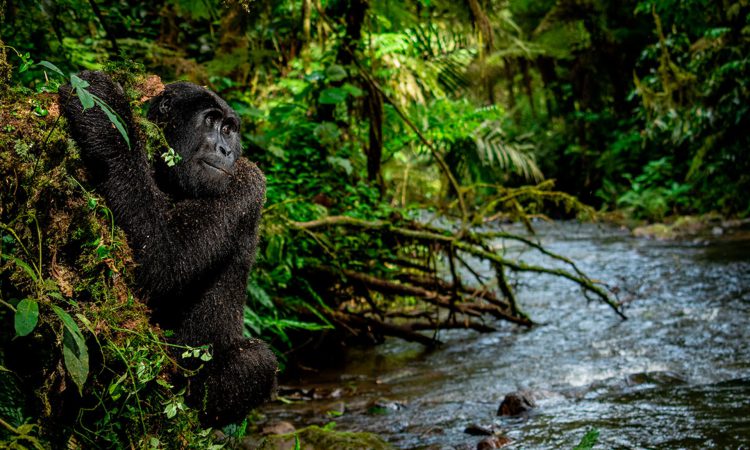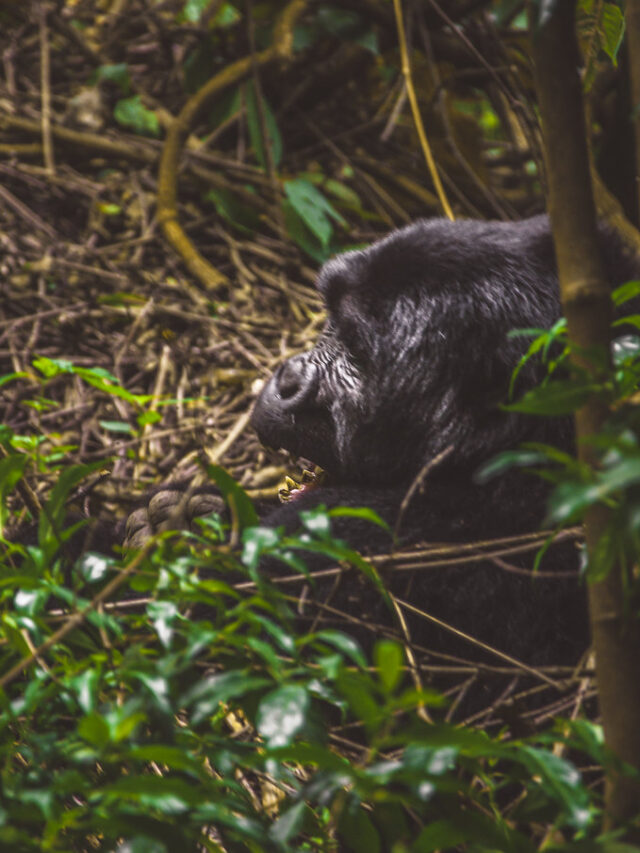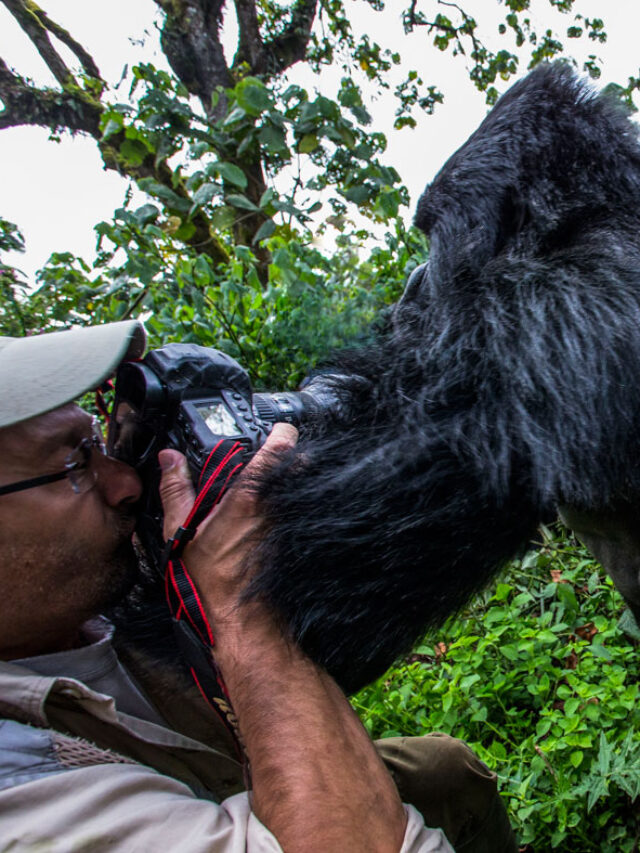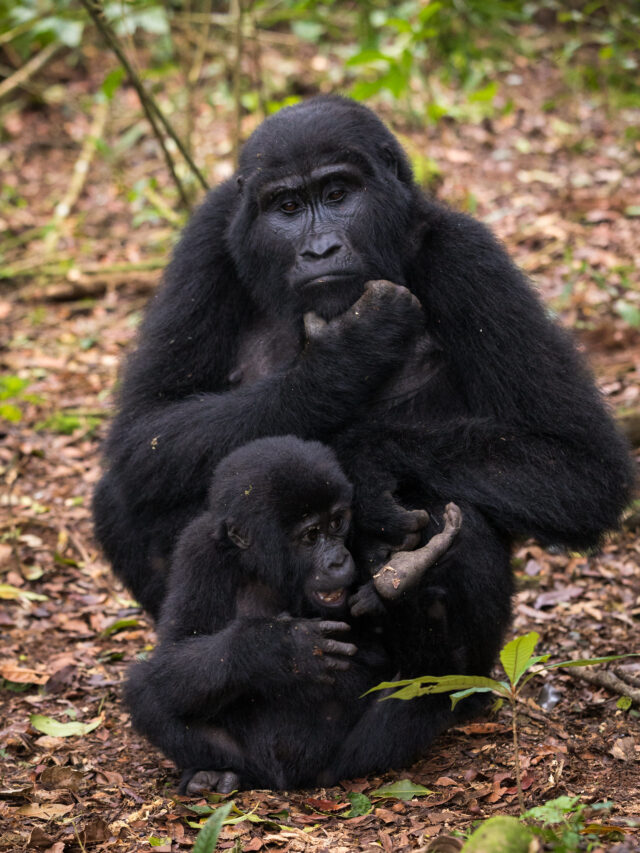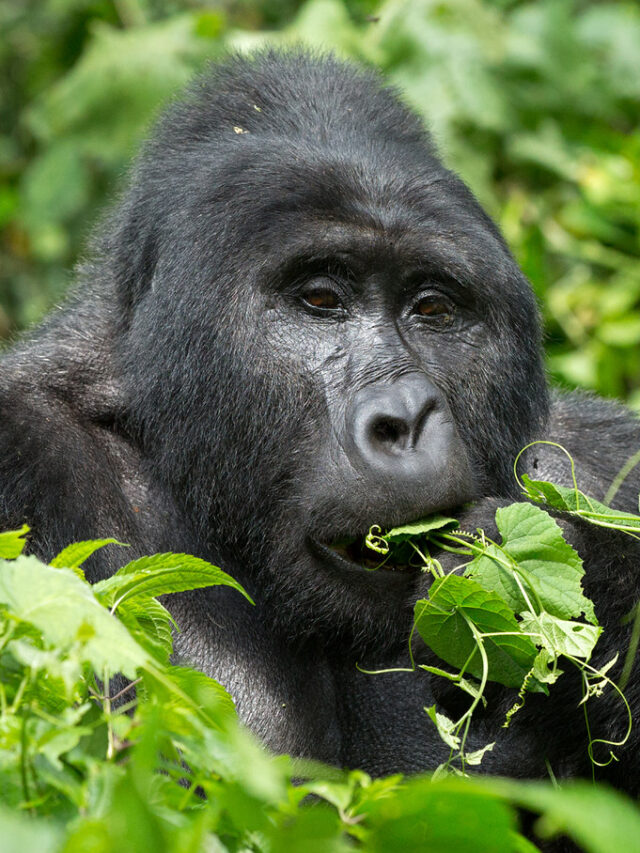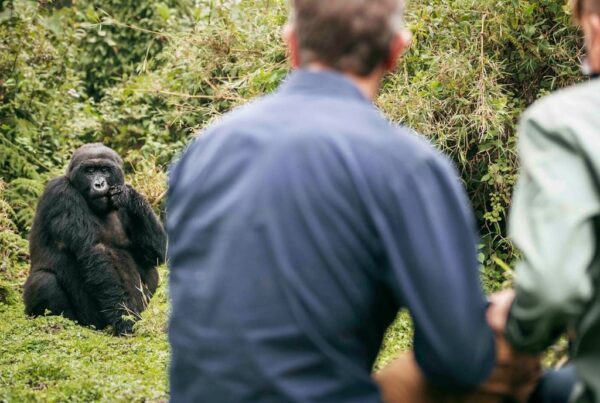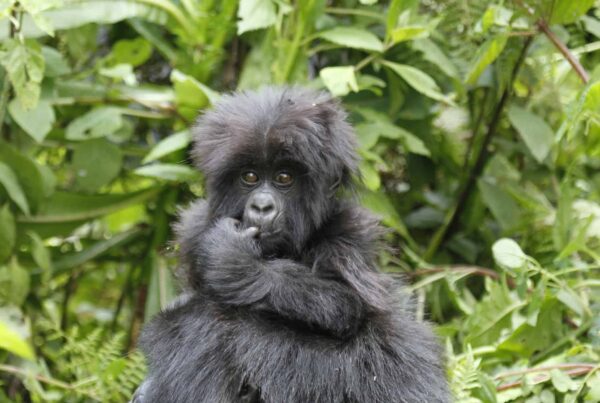Can Gorillas Swim? Understanding the Surprising Truth About These Gentle Giants
Can Gorillas Swim — When it comes to gorillas, many people imagine these powerful primates as majestic, earthbound creatures, gracefully navigating dense forests and steep mountain slopes. But have you ever wondered whether gorillas can swim? It’s a fascinating question that touches on their biology, behavior, and survival instincts. In this blog post, we’ll dive deep into the truth about gorillas and swimming — busting myths, exploring their natural habitat, and revealing what science tells us about these incredible animals.
The Common Misconception: Gorillas as Landlocked Apes
Gorillas are often thought of as purely terrestrial animals, spending their days foraging on the forest floor and climbing trees occasionally. They are native to the mountainous and lowland tropical forests of central and eastern Africa, regions where large bodies of water are not their natural environment. This land-based existence has shaped their anatomy and behavior in ways that don’t lend themselves well to aquatic environments.
Anatomically, gorillas have heavy, muscular bodies, dense bones, and relatively short limbs compared to animals adapted for swimming. Their large size and weight make buoyancy in water more challenging. Unlike many primates that can swim or at least wade through water, gorillas tend to avoid deep water. This avoidance is not just instinctual; it’s a practical survival tactic in their natural environment where swimming is rarely necessary.
Do Gorillas Swim in the Wild?
Despite occasional misconceptions, gorillas do not swim in the wild. Scientific observations and decades of field studies have consistently noted that gorillas avoid water bodies that would require swimming. When faced with rivers, swamps, or flooded areas, they usually choose to go around or find safer, drier paths. This behavior contrasts sharply with some other primates, such as chimpanzees, who have been observed wading and even swimming short distances when necessary.
Why exactly do gorillas avoid swimming? Several reasons come into play. First, the risk: deep or fast-moving water presents a significant danger, especially given their heavy build and the difficulty they would have in staying afloat or escaping predators. Second, their habitats usually provide alternative routes to bypass water. Lastly, gorillas have not evolved specific physical adaptations for swimming, so their instinct is to stay dry and safe.
Can Gorillas Swim If Forced?
The next logical question is whether gorillas could swim if they had to. While there are rare anecdotal reports and some captive gorillas displaying a form of buoyancy in water, these instances are exceptional and not indicative of natural behavior. In captivity, gorillas may tolerate shallow water or wade for enrichment or cooling, but even then, swimming is unusual.
Biologically, gorillas lack webbed feet or the streamlined body shape that assists swimming animals. Their heavy chests and limbs make coordinated swimming strokes difficult. Unlike humans or some other primates who can instinctively dog-paddle or float, gorillas do not possess natural swimming skills. If forced into deep water, a gorilla would likely struggle to keep afloat and could be at serious risk of drowning.
What About Other Great Apes?
Comparing gorillas to their closest relatives highlights just how unique their relationship with water is. Chimpanzees, for instance, are known to wade through rivers and even swim short distances when needed. Orangutans, despite their arboreal lifestyle, have been seen using floating vegetation to cross water bodies. Bonobos, which are closely related to chimpanzees, also show some water interaction behavior.
This contrast underlines how gorillas’ heavier, ground-dwelling lifestyle has limited their interaction with water and swimming ability. Their environment and social habits have simply never required or encouraged swimming as a survival skill.
Why This Matters: Conservation and Understanding Gorilla Behavior
Understanding that gorillas do not swim is more than just an interesting fact — it’s crucial for conservation efforts and habitat protection. As human activities increasingly impact gorilla habitats, including the construction of roads or settlements near rivers and wetlands, it is essential to recognize that gorillas cannot cross water barriers easily. This limitation means that fragmented habitats separated by water could isolate gorilla groups, reducing genetic diversity and threatening their survival.
Moreover, appreciating this aspect of gorilla biology helps us empathize with their vulnerabilities. These gentle giants, despite their strength and imposing presence, are not equipped to handle everything nature throws at them, especially drastic changes in their environment.

